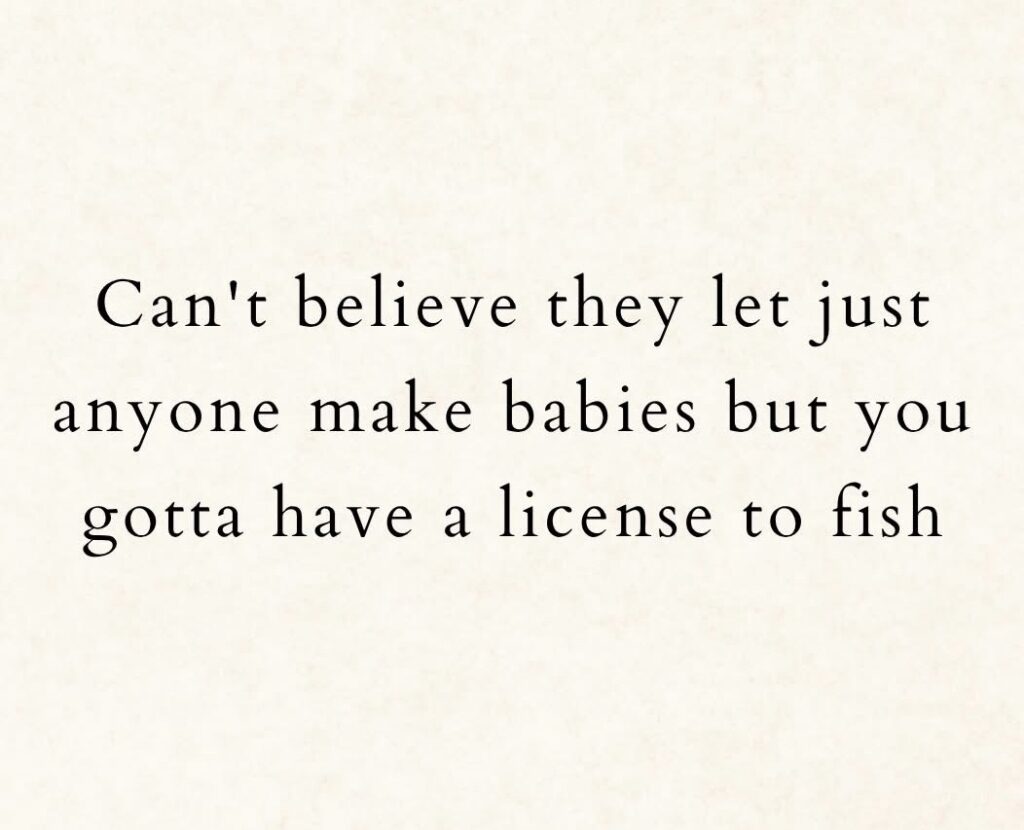As a parent, navigating the complex world of toddler emotions can be challenging, especially when it comes to fake crying. It’s a common phase many toddlers go through, using tears as a tool to communicate desires or frustrations. Understanding this behavior and responding appropriately is crucial in fostering healthy emotional development.

Decoding Fake Crying
Fake crying in toddlers is often an expression of their developing emotional intelligence. They are learning how to communicate their needs and may resort to crying when they feel other methods aren’t effective. It’s important to distinguish between genuine distress and fake crying. Signs of fake crying can include a lack of actual tears, a quick shift in emotions, or stopping abruptly to see if they’ve gained your attention.
Responding to Fake Crying
When faced with fake crying, it’s essential to respond calmly and consistently. Acknowledge their feelings, but also set clear boundaries. For instance, if a toddler cries to get a toy, like a plush teddy bear, acknowledge their desire but explain why they can’t have it at the moment. This approach teaches them about limits and appropriate ways to express their emotions.
Encouraging Healthy Communication
Encourage your toddler to use words to express their feelings. Simple phrases like “I’m sad” or “I want the colorful picture book” can be taught as alternatives to crying. Books and toys that promote emotional learning, such as emotion flashcards or a feelings chart, can be helpful tools in teaching toddlers to identify and communicate their emotions effectively.
The Role of Positive Reinforcement
Positive reinforcement can be a powerful tool. When your toddler expresses their needs or feelings without resorting to fake crying, acknowledge and praise this behavior. This could be as simple as saying, “I’m proud of you for using your words!”
Setting a Good Example
Toddlers often mimic the behavior of adults around them. Demonstrating healthy emotional expression and communication in your actions can set a positive example for them to follow.
Dealing with toddler fake crying is a common parenting challenge. It’s a phase where toddlers test boundaries and explore how their actions influence those around them. As a parent, guiding them through this phase requires a mix of empathy, firmness, and strategic responses.

Understanding the Underlying Causes
Often, fake crying is not just about seeking attention; it can stem from a variety of needs or emotions. It might be a sign of feeling overwhelmed, seeking comfort, or not having the words to express what they want or feel. Observing patterns in when and why your toddler resorts to fake crying can provide insights into their underlying needs.
Consistent and Calm Communication
Consistency in your response to fake crying is crucial. If a toddler learns that fake crying always results in getting what they want, like their favorite snack or a new toy, they are likely to use this tactic repeatedly. Instead, offer consistent, calm communication. Acknowledge their feelings, but also gently reinforce that crying is not the way to get what they want.
Alternative Solutions and Distractions
Providing alternatives or distractions can be effective. For instance, if your toddler is fake crying for a specific toy, redirect their attention to another activity, like reading a storybook or playing with building blocks. This not only diverts their attention but also helps them learn to shift focus and adapt to different situations.
Teaching Emotional Regulation
Helping toddlers learn to regulate their emotions is a long-term solution to fake crying. This involves teaching them to identify their feelings and cope with them in appropriate ways. Tools like emotional regulation storybooks or calming sensory toys can aid in this process.
When to Seek Professional Advice
If you’re concerned about the frequency or intensity of your toddler’s fake crying, or if it’s accompanied by other behavioral issues, it might be helpful to seek advice from a pediatrician or child psychologist. They can provide guidance tailored to your child’s specific needs.
How can I tell if my toddler’s crying is genuine or fake? Look for cues like the presence or absence of actual tears, changes in their crying when they think you’re not looking, or a quick shift from crying to being fine. Genuine crying is usually consistent and accompanied by genuine distress signals.
Should I ignore my toddler when they start fake crying? Ignoring isn’t always the best approach, as it can make your toddler feel neglected. Instead, acknowledge their feelings but maintain your stance. For example, if they are crying for a specific toy, acknowledge their desire but explain why they can’t have it now.
Can fake crying be a sign of a deeper issue? Sometimes, fake crying can be a response to stress, change, or the need for more attention. If it’s frequent or accompanied by other concerning behaviors, it might be worth discussing with a pediatrician.
How do I teach my toddler to express their feelings without crying? Encourage them to use words to describe their feelings. You can also use tools like emotion cards to help them identify and articulate their emotions. Praise them when they express themselves appropriately.
Is it normal for toddlers to go through a phase of fake crying? Yes, it’s a normal part of development. Toddlers are still learning how to communicate effectively and may use fake crying as a tool to express themselves when they don’t know how else to do so.
How can I prevent tantrums that lead to fake crying? Preventing tantrums involves understanding your toddler’s triggers, maintaining a routine, and managing expectations. Tools like calming sensory toys can help soothe them before a full-blown tantrum occurs.
What should I do if my toddler starts fake crying in public? Stay calm and don’t give in to the behavior just to avoid public scrutiny. Address your child calmly and firmly, and if needed, take them to a quiet place where you can deal with the situation without the pressure of public eyes.

Exploring Parenting Challenges and Solutions with Life With Kids Blog
Life With Kids Blog offers a range of articles that delve into the various aspects of parenting, from managing a child’s emotions to finding fun and educational activities. Here are some articles from our website that can be particularly helpful for parents:
Effective Techniques to Calm a Crying Baby
In “The Art of Soothing: Effective Techniques to Calm a Crying Baby”, we explore various strategies to soothe a crying baby. This article is a valuable resource for parents seeking to understand and effectively respond to their baby’s crying, whether it’s genuine distress or an attempt to communicate other needs.
Managing the High Energy of Children
Our article “The Unstoppable Energy of My Child” discusses the challenges and joys of parenting a highly energetic child. It offers insights into how to channel this energy positively and includes tips for balancing active play with quieter, more focused activities.
Fun and Educational Activities for Toddlers
Understanding the need for engaging and educational activities for toddlers, “Engaging Adventures: Fun and Educational Activities to Delight Your Toddler” provides a range of ideas to keep your energetic toddler entertained and learning. From simple at-home activities to outdoor adventures, this article has suggestions to suit every child’s interests.
As an Amazon Associate we earn from qualifying purchases through some links in our articles.



